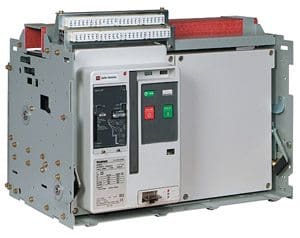Overvoltages in the IT system
Electrical networks can be subject to overvoltages of varying origins. Some overvoltages, such as differential mode ones (between live conductors) affect all the earthing systems. This section is particularly concerned with common mode overvoltages, which mainly affect the IT system… Read more
Jul 26, 2012 | By Edvard Csanyi

Isolating the Fault With Time-based Discrimination
Protection functions form a consistent system depending on the overall structure of the power distribution system and the neutral earthing arrangement. They should therefore be viewed as a system based on the principle of discrimination, which consists of isolating the… Read more
Jul 22, 2012 | By Edvard Csanyi

Effect of Lightning Strike on Electrical Lines
The foregoing discussion concentrated on the principles of lightning strikes and how their effects can be mitigated. However, lightning strikes on electrical lines or substations are those that cause problems in the distribution network which come right into our residences… Read more
Jul 20, 2012 | By Edvard Csanyi
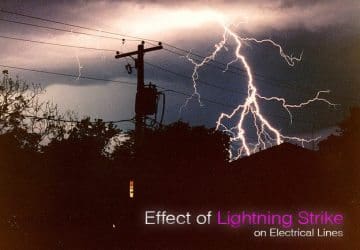
Thermal (Overload) Motor Relay Protection
The majority of winding failures in motor are either indirectly or directly caused by overloading (either prolonged or cyclic), operation on unbalanced supply voltage, or single phasing, which all lead through excessive heating to the deterioration of the winding insulation… Read more
Jul 14, 2012 | By Edvard Csanyi
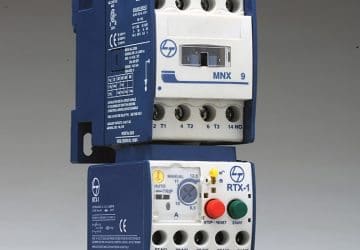
Delta-Star Transformer Connection Overview
The Delta-Star transformer connection is utilized to increase voltage levels and is frequently applied at the end or beginning of high-tension power transmission systems. The primary is configured in a delta arrangement, while the secondary is arranged in a star… Read more
Jul 10, 2012 | By Jignesh Parmar

MCB – Miniature Circuit Breaker Construction
The miniature circuit breaker (MCB) plays an important role in providing overcurrent protection and a disconnect means in electrical networks. Recent advancements in circuit breaker technology has increased breaker performance and protection. A breaker is a device designed to isolate a circuit… Read more
Jun 07, 2012 | By Edvard Csanyi
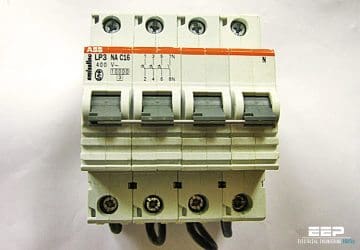
Understanding Vector Group of Transformer (Part 1)
Three phase transformer consists of three sets of primary windings, one for each phase, and three sets of secondary windings wound on the same iron core. The vector group of the transformer is determined by the connection between the windings… Read more
Jun 03, 2012 | By Jignesh Parmar
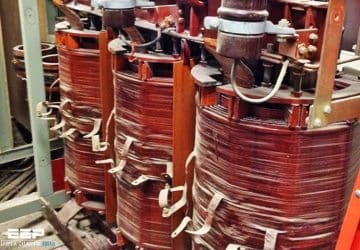
Direct On Line (DOL) Motor Starter
Different starting methods are employed for starting induction motors because Induction Motor draws more starting current during starting. We use a variety of starters in order to protect the windings from being damaged by the high current flow that is… Read more
Apr 22, 2012 | By Jignesh Parmar
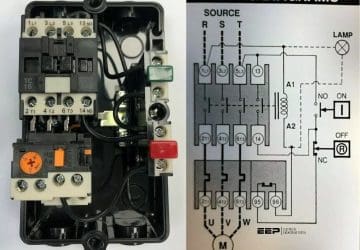
System protection and safety coordination definitions
The objective of system protection is to detect faults and to selectively isolate faulted parts of the system. It must also permit short clearance times to limit the fault power and the effect of arcing faults. High power density, high… Read more
Apr 16, 2012 | By Edvard Csanyi
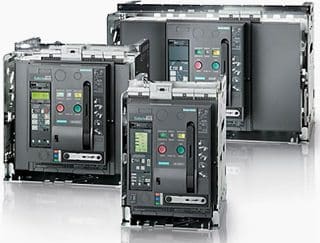
Star-delta motor starter explained in details
Where is Star-Delta motor starter used? Well, the majority of induction motors are started directly on line (DOL), but when very big motors are started in this manner, the large starting current surges produce a disruption in the voltage on… Read more
Apr 10, 2012 | By Jignesh Parmar

Protection and Relays Used In Main Circuit Board at a Power Grid Substation
The DMH type relay provides high speed biased differential protection for two or three winding transformers. The relay is immune to high inrush current and has a high degree of stability against through faults. It requires a max of two… Read more
Feb 17, 2012 | By Bipul Raman

Protection Of Generators And Transformers
As Generators and transformers are major components of a power system, so it is quite necessary to take all the preventive measures for the protection of transformers and generators. These are the following ways (ANSI codes) we use to protect… Read more
Feb 11, 2012 | By Bipul Raman

Ceramic (Porcelain and Glass) Insulators
Porcelain is the most frequently used material for insulators. Insulators are made of wet, processed porcelain. The fundamental materials used are a mixture of feldspar (35%), china clay (28%), flint (25%), ball clay (10%), and talc (2%). The alternative method… Read more
Jan 27, 2012 | By Edvard Csanyi

Operation Of Potentially Explosive Installations – The Directive 99/92/EC
In addition to the 94/9/EC Directive, which regulates how explosion protected equipment and protective systems are placed on the market and the design, construction and quality requirements to be met by them, the 99/92/EC Directive stating “Minimum requirements for improving the health and safety protection… Read more
Jan 09, 2012 | By Edvard Csanyi
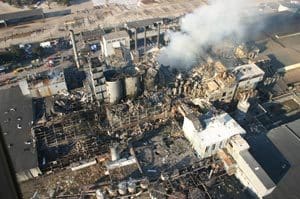
The Need for Breaker Failure Protection
Circuit breakers are strategically located in power systems to connect circuits and electrical apparatus. Circuit breakers are commanded to open and close by protection and control systems that monitor conditions on the power system. Protection systems are coordinated so that… Read more
Jan 01, 2012 | By Edvard Csanyi
